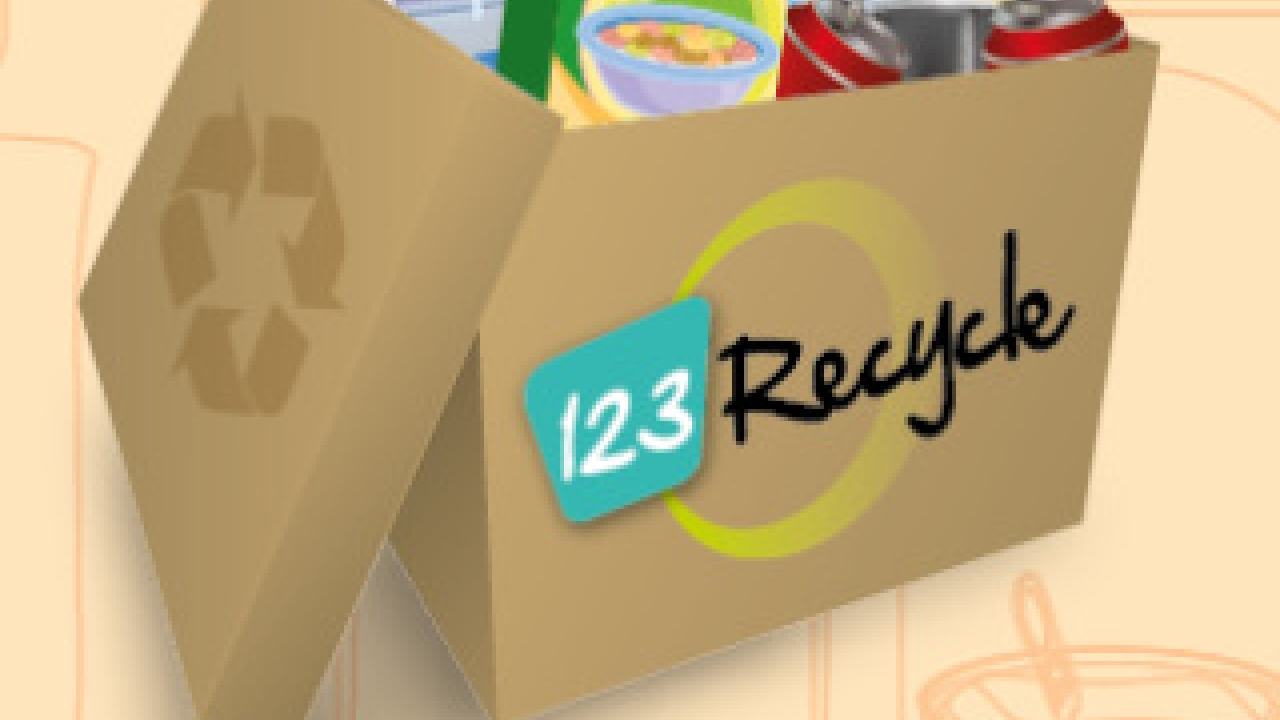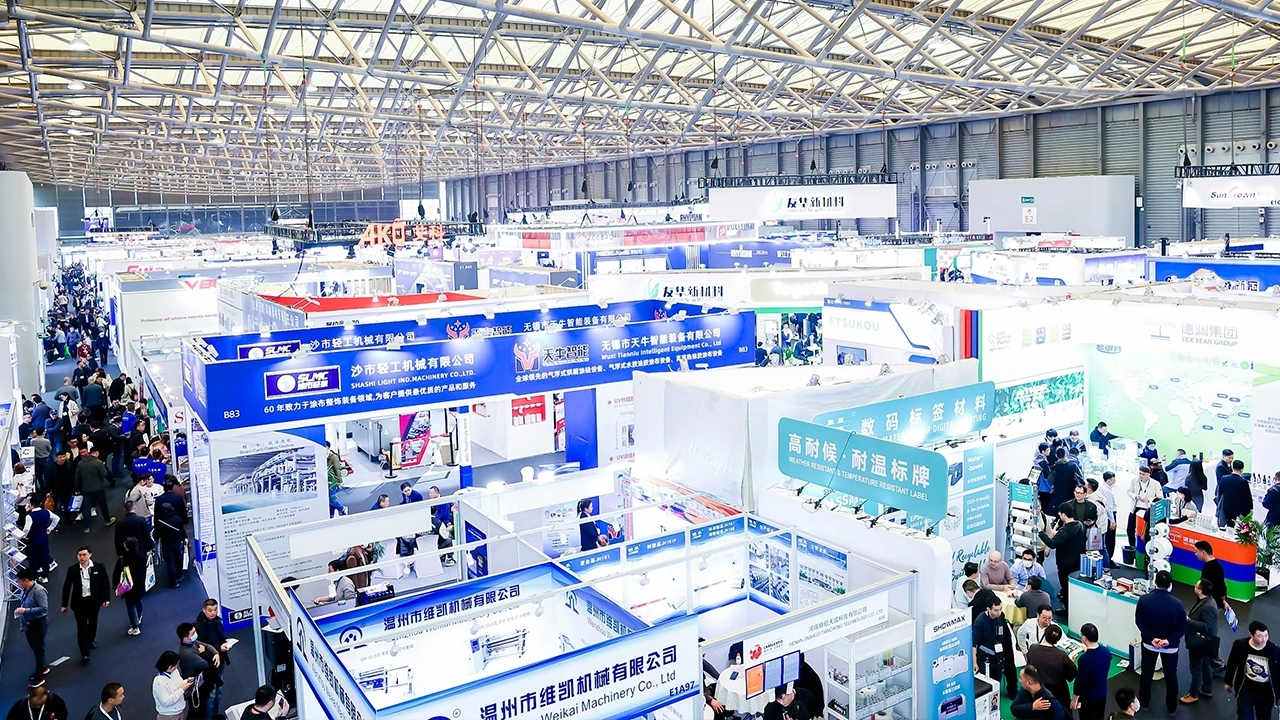Package recycling: got an app for that?

Interactive packaging such as QR codes and the SnapTag will continue to help brands and retailers innovate the way they communicate sustainability to consumers. Such systems allow information to be delivered in a completely transparent and smart way. By directing a buyer to an informative website or educational game, or by collecting data through purchasing habits and casual surveys, buyers will connect to items on the shelf like never before.
The possibilities for interactive packaging, communication and education, and the benefits that can be found in linking the supply chain, are endless. Interactive packaging empowers consumers to make educated choices like never before. The market will no doubt see a drive for package recycling and carbon footprint education via smart phone transmission, and this could be the key to increasing recovery rates and reach, and to reducing carbon emissions globally – by combining the digital and sustainable worlds through labels and packaging.
Already there are applications that instantly inform consumers of the various life-cycle impacts that a product has. For example, the Good Guide smart phone application provides information on sustainability, health and safety considerations of products as well as the companies that manufacture them. The application has barcode scanning capability, which makes the process fast and simple. Overall scores are provided for health, environment and societal factors.
Good Guides currently includes rankings for more than 120,000 different products in a number of personal care, household, electronics, toy and food sectors, and is adding more each month. These modern shopping capabilities will dramatically change the way in which consumers review products in-store and make their purchase.
In 2011 Nestlé introduced its mobile app 123Recycle, currently only for Singapore, which through barcode scanning and email follow-up tells the consumer how to sort and dispose of the various pieces of a product’s packaging. It was developed by the Nestlé Singapore team and Nanyang Polytechnic School of Information. The global consumer brand company hopes to develop the application for other countries and regions in the future.
Social media avenues will also be increasingly used to reach customers and educate them on sustainability. Reckitt Benckiser has done a great job of interacting with its customers through Facebook. Via its poweRBrands game, which is similar to Facebook’s Farmville, users must use their sales and marketing skills to beat the competition, working their way up to become the company president. In this way, data can be collected and consumers remain connected to Reckitt Benckiser long after the first or second moment of truth. The market can expect to see more activities enter the market to talk to consumers specifically about carbon footprint of packaging and products, recycling, energy reduction at the in-use phase and general environmental information.
The Good Guide mobile application can be downloaded here.
Pictured: Nestlé’s 123Recycle app directs consumer recycling habits in Singapore
Click here for more environmental news stories on L&L.com.
Stay up to date
Subscribe to the free Label News newsletter and receive the latest content every week. We'll never share your email address.


